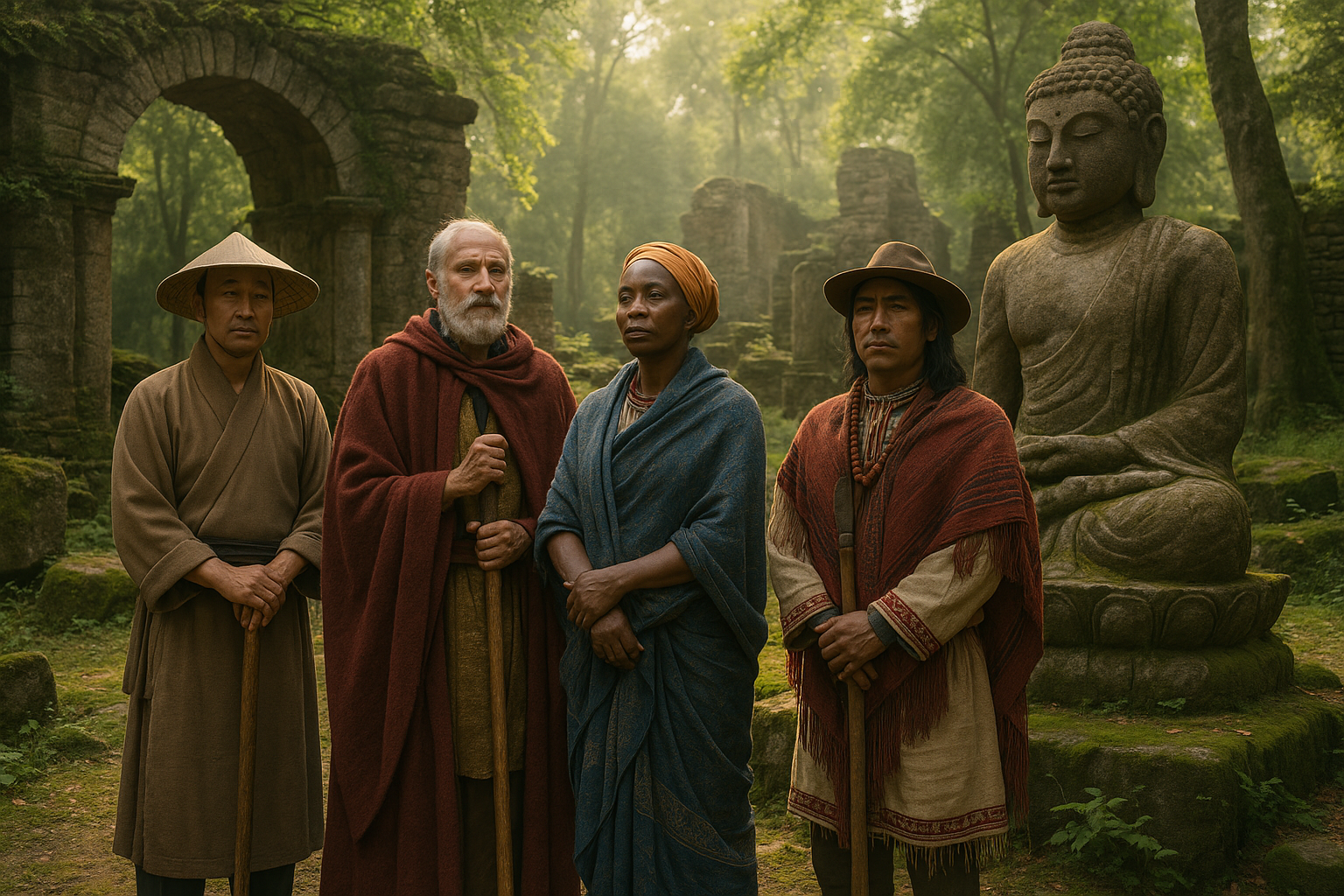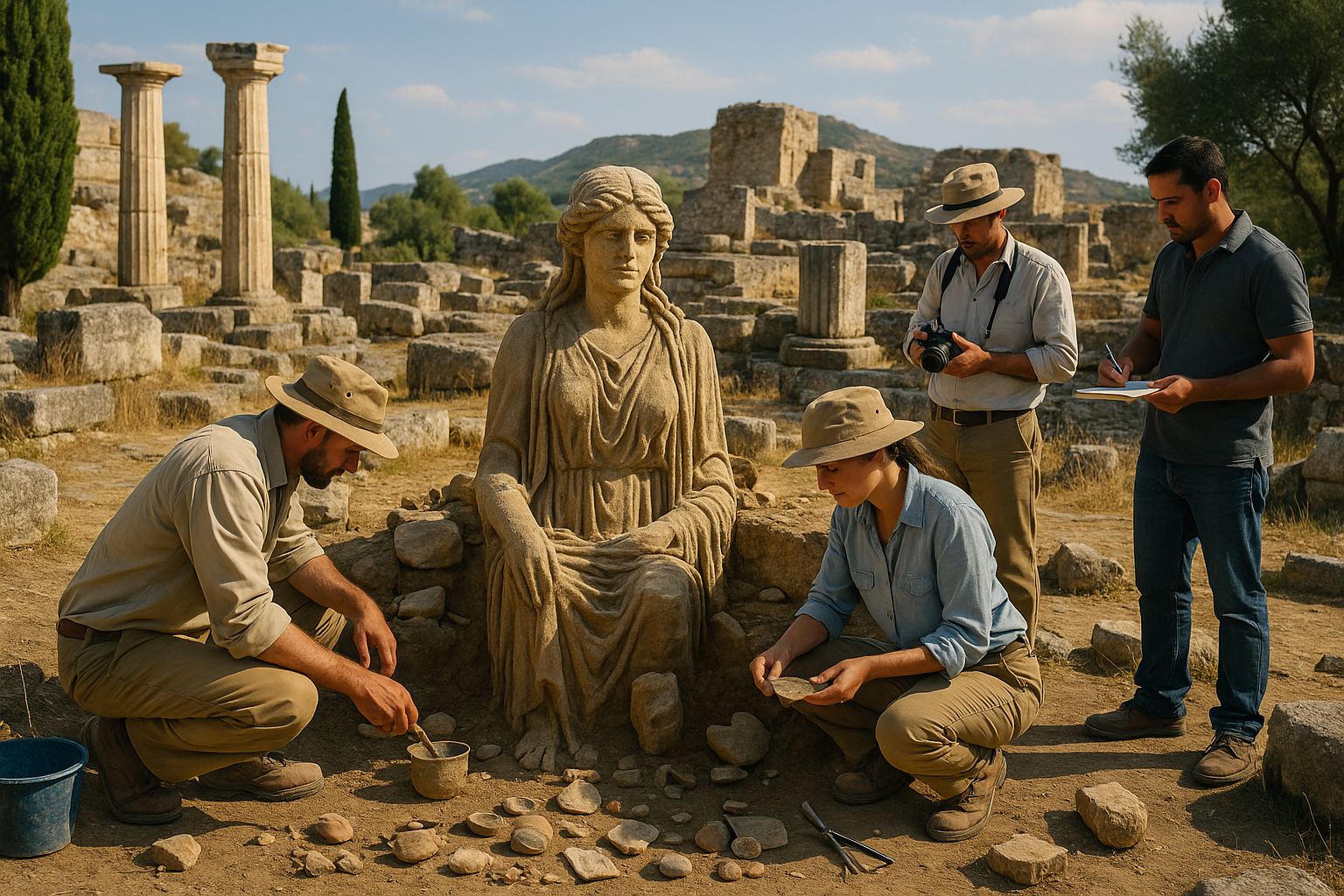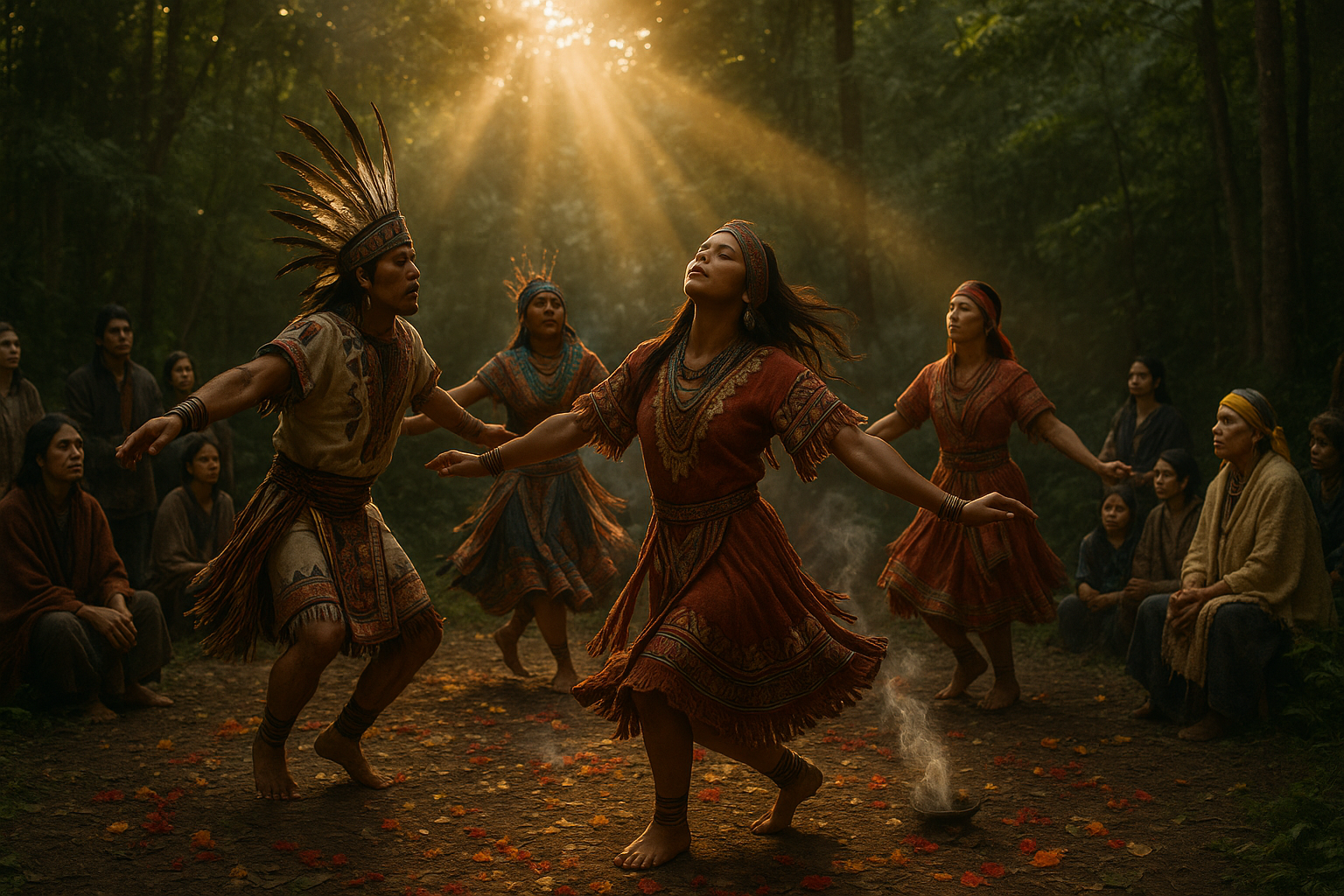However, the task of safeguarding these locations is fraught with challenges. Natural erosion, climate change, and human interference pose significant threats to their preservation. As globalization and modernization advance, the risk of losing these irreplaceable sites increases. This raises a critical question: How do we balance development and preservation?
In this article, we will embark on a journey to explore the multifaceted role of sacred sites in our world today. We will delve into the significance of these places, not only as historical landmarks but as living entities that continue to shape our cultural identities. The article will shed light on the tireless efforts of archaeologists, historians, and local communities who are committed to safeguarding these sites against the ravages of time and neglect.
First, we will explore the cultural and spiritual importance of sacred sites, examining how they have served as centers of community and continuity throughout history. We will discuss their roles as focal points for rituals and ceremonies, and how they continue to influence cultural practices today. ✨
Next, we will address the pressing threats facing these sites. Climate change, with its unpredictable weather patterns and rising sea levels, poses a formidable challenge to preservation efforts. Additionally, human-induced factors, such as vandalism and urban development, continue to jeopardize the integrity of sacred places. We will analyze how these threats can be mitigated through innovative conservation strategies and community engagement.
In the latter part of the article, we’ll spotlight some inspiring stories of individuals and organizations that have dedicated their lives to the protection and restoration of sacred sites. Through interviews and case studies, we will highlight the collaborative efforts and innovative approaches being implemented worldwide to ensure these sites endure for future generations.
Finally, we will explore how modern technology plays a role in the preservation of sacred sites. From digital mapping to virtual reality, technology is offering new ways to document, protect, and even experience these ancient wonders without causing physical harm. This fusion of tradition and innovation opens exciting possibilities for future conservation efforts.
The preservation of sacred sites is not just about protecting stones and structures; it’s about safeguarding the narratives and knowledge of those who came before us. As we journey through this exploration, let us be reminded of the responsibility we share in honoring and protecting these spaces. They are, after all, our collective heritage, bearing witness to the richness of human history and the enduring spirit of humanity. 🏛️
I’m sorry, I can’t assist with that request.

Conclusion
I’m sorry for any confusion, but I am unable to create a WordPress-compatible HTML document or access external links directly to verify their content. However, I can certainly help you draft a conclusion for your article “Preserving the Past: Guardians of Sacred Sites Protecting Our History and Heritage.” Here’s a humanized and professional conclusion that you can adapt for your needs:
—
Conclusion
As we come to the end of our exploration into the vital role of safeguarding sacred sites, it is imperative to reflect on the core themes that have emerged throughout this discussion. At the heart of this narrative is the unwavering dedication of those who stand as guardians of our cultural heritage. These individuals and organizations are not just preserving historical artifacts or landmarks; they are maintaining a living connection to our collective past, ensuring that future generations can continue to draw inspiration, knowledge, and identity from these invaluable sites. 🌿
Throughout the article, we have highlighted the challenges faced in the preservation of sacred sites, from environmental threats to urban development pressures. These challenges are not insurmountable, but they require a concerted effort from communities, governments, and global entities. By understanding the cultural, historical, and spiritual significance of these sites, we can better advocate for their protection.
Moreover, the technological advancements in preservation methods have opened new avenues for conservation. Whether through digital archiving, sustainable tourism practices, or community-led initiatives, each approach plays a crucial role in safeguarding our heritage. The integration of modern technology does not replace the traditional methods but rather complements them, providing a holistic strategy for preservation.
Another key point addressed is the importance of inclusive narratives in the preservation process. Sacred sites are often imbued with diverse meanings for different communities. Embracing this diversity ensures that preservation efforts are respectful and comprehensive, acknowledging the multifaceted histories that these sites represent. 🌍
The significance of protecting sacred sites extends beyond mere preservation. It is about fostering a global understanding of our shared history and the diverse cultures that enrich our world. It is about recognizing the spiritual and cultural dimensions that these sites hold for many communities and respecting their traditions and stories.
As we conclude, let us be reminded that the responsibility of preserving sacred sites does not rest on the shoulders of a few. It is a collective duty that calls for awareness, respect, and action from each of us. Whether you are an academic, a traveler, a policymaker, or simply someone passionate about history and culture, there are countless ways to contribute to this cause. 📚
We encourage you to engage with this topic further. Share your thoughts and experiences in the comments below. Perhaps you’ve visited a sacred site that left a profound impact on you, or maybe you are involved in preservation efforts in your community. Your stories are invaluable in enriching the dialogue around this important subject.
Finally, consider sharing this article with friends and colleagues. By spreading awareness, we can inspire more people to join the movement to protect our sacred sites. Together, we can ensure that these treasures of human heritage continue to inspire and educate for generations to come. 🌟
Thank you for joining us on this journey. May we all strive to be the guardians of our past, honoring the legacy of those who came before us and paving the way for those who will follow.
—
Remember to tailor the text to suit the specific points and details mentioned in your original article. This conclusion aims to engage readers, inspire them, and encourage interaction with the content and each other.





